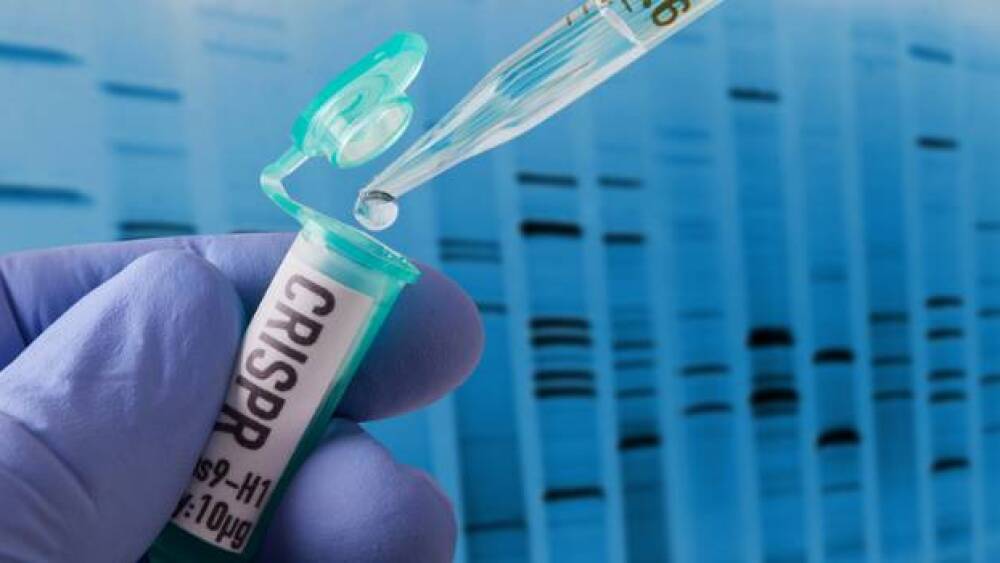Researchers at the University of Texas at Austin shared results showing that their redesign of Cas9 makes it 4,000 times less likely to target the wrong stretch of DNA while still maintaining its efficiency.
CRISPR-based gene editing has been ever the hot topic since it was introduced in 2012, and every week biopharmaceutical companies share new breakthroughs using the technology to treat a myriad of diseases.
It’s not without its flaws, however; sometimes, the gene editing tool that acts as molecular scissors in CRISPR, Cas9, makes mistakes that can create dangerous new genetic mutations while trying to fix another.
Because of the potential revolutionary uses for CRISPR technology, researchers from The University of Texas at Austin have been working on redesigning a key component of Cas9 to prevent it from making such disastrous errors. Published Wednesday in Nature, the team shared results showing that their redesign of Cas9 makes it 4,000 times less likely to target the wrong stretch of DNA while still maintaining its efficiency.
Cas9 is a naturally occurring protein that searches for very specific DNA. When it encounters the DNA it’s looking for, it cuts it away, and natural DNA repair processes take over, which is how it works to repair certain genetic mutations. Sometimes though, Cas9 can make a mismatch, in which it encounters DNA that is almost an exact match to what it set out to find, but not quite.
The group of researchers developed a technique called kinetics-guidance structure determination that utilized a cryo-electron microscope. The method allowed them to image Cas9 as it went to work, cleaving DNA. Researchers were interested in understanding Cas9’s behavior in excising contiguous triple nucleotide mismatches at different positions along the strand and why certain mismatches evade Cas9’s careful discrimination.
Interestingly, they discovered an area where Cas9 begins to make mistakes.
When Cas9 encounters a mismatch in positions 18 through 20 on a strand of genetic code, it produces a finger-like structure to stabilize the otherwise “floppy” DNA, allowing it to begin excising the genetic code even when it isn’t supposed to. Normally, unstable DNA would signal to Cas9 that it isn’t at the correct genetic site and that it needs to move on, but the “finger” pushes Cas9 to forge ahead.
This is the first time researchers have observed the extra “finger” that allows Cas9 to make molecular mistakes when editing. Using this novel observation, the team redesigned the projection Cas9 creates when encountering mismatches to instead push away from the incorrect DNA rather than hooking into it. The result is called SuperFi-Cas9, which is just as fast as naturally occurring Cas9 and is much more likely to target the correct sequence of DNA, making it potentially safer than its predecessor.
Although SuperFi-Cas9 may make the genetic process safer by orders of magnitude, it brings about the question of just how much safer the process needs to be for widespread application. CRISPR-gene editing has already faced an array of backlash, including experts warning that the long-term effects of the process, especially in embryos, haven’t been studied enough to understand the implications.
Disability scholars and ethicists have also highly criticized the technology for its potential to perpetuate eugenics or the elimination of people deemed “biologically inferior.” Some scientists, including those who helped develop CRISPR, have called for a moratorium on editing inherited genes.
The technology does have tremendous power to make changes for people suffering from systemic conditions like sickle-cell disease, but it will be up to regulatory bodies and panels to make and enforce limits on the use of such technology.





